You can't throw a rock in Silicon Valley without hitting something influenced by Steve Jobs. While he was not the inventor of the revolutionary products that launched Apple into becoming the wealthiest public company in the world, Jobs was the vision.
The skills attributed to the success of the company and its ability to cultivate revolutionary products lie in the culture left behind by the late CEO.
Being able to see what consumers wanted and adapt accordingly defined the foundation of Apple. The goal was to build a better product that improved the users' lives regardless of the bottom line.
Much of the humanity and spiritualism that influenced Jobs's decisions also influenced the company, which can still be seen today in Apple's own humanitarian efforts and the outspokenness of the Apple executive team.
Steve Jobs' abrasive attitude and often controversial thinking were as much a boon as a detriment, leading to failures like the Lisa computer, company infighting, and his ousting in 1985. His rocky history showed the public humanity inside of what otherwise would be a cold corporate face, which may attribute to the extensive and emotionally invested fan base around Apple today.
Steve Jobs' early days
Steve Jobs was born on February 24, 1955, to two University of Wisconsin graduate students, Joanne Schieble and Abdulfattah Jandali, a Syrian immigrant. They placed their unnamed child up for adoption, and he was adopted by Paul and Clara Jobs.
Jobs's adopted father would teach him about electronics and work on them in their garage during his childhood. This sparked an interest in electronics and chips that would lead to a friendship with Steve Wozniak in high school.
The story of two young men building a computer inside a garage in Los Altos, California is one we've heard, read, and even seen in a few movies over the years. While it may have been a bit romanticized, according to Apple co-founder Steve Wozniak, the home of the Jobs family played an important role in the onset of the company.
In 2005, Steve Jobs gave the Stanford Commencement Address and discussed some of his life and influences. If you have never heard it, give it a listen.
Apple to Apple
From 1976 to 1997, Steve Jobs led a very busy life. He founded multiple companies, reinvented what home computing meant, and got married to his wife, Laurene Powell Jobs. Upon his return to Apple, it was obvious he had only just started.
Founding Apple
Steve Wozniak was a computer nerd working at HP while Steve Jobs worked at Atari. Between the two of them, their love of making things easier and simpler led to them designing small devices such as the infamous Blue Boxes. Coveted possessions for the era's "phone phreaks," these little devices could connect to a phone to make free long-distance calls.
Wozniak and Jobs attended a computer club together, where Wozniak saw a MITS Altair. This build-it-yourself personal computer inspired him to throw together a computer at home with cheap parts he had on hand.
Ultimately, this led to what would be known as the Apple I, which was constructed with a simple keyboard and TV, and he built the motherboard on a piece of plywood. Steve Jobs saw this and offered to fund its production by selling his van.
Apple Computer was founded on April 1, 1976, with its home computer product marketed at $666.66 each. They managed to earn enough money to move out of the garage and begin work on the Apple II.
As Apple's success snowballed in the 80s, it became a direct competitor with other computing solutions, and Jobs didn't want to run the company while supervising production. So, he asked Pepsi CEO John Sculley to run things. This enabled him to continue interacting with the development teams without interruption.
Meanwhile, Xerox was looking for ways to compete and had a graphical user interface and pointing device they didn't know what to do with. Steve Jobs saw it and immediately grasped its potential.
Thus began the development of the Lisa and the Macintosh: two different computers with teams pitted against each other for superiority. This created a challenging work environment and infighting within the company.
Jobs was heavy-handed in the development of the Lisa, at least until he was pushed back by management. So, he took over the supervision of the Macintosh.
Ultimately, the Lisa was a failure because it cost too much, and even with its software, it couldn't compete with existing business options. The Lisa II halved the cost but ultimately lost out to its sister product, the Macintosh.
The launch of the Macintosh in 1984 was met with much excitement. Apple hired Ridley Scott to make the iconic "1984" ad that suggested the Macintosh was the answer to overthrowing the "big brother corporations."
Between the controversial advertisement, fighting in the company, and Steve Jobs' overgrown ambition, things reached a tipping point in 1985. Steve Wozniak left the company due to feeling that things had grown out of control and that Apple was no longer the company he wanted it to be.
CEO Scully and the board decided that Jobs was too hot-headed and began stripping him of responsibility until he was barely a figurehead. Ultimately, Steve Jobs left or was fired, depending on who you ask.
After Steve Jobs's departure, Apple saw diminishing success with its products. A beloved fan base stuck around, but between PDAs and game systems, the company gradually began losing its footing for the better part of a decade. After the launches of Windows 3.1 and Windows 95, Microsoft cemented its place as the king of personal computing.
Founding NeXT
As Steve Jobs was leaving Apple on September 12, 1985, he mentioned starting a new company "focused on computers for higher education." He took a few employees with him and started developing a new computer and OS.
Years passed without any public information about the new computer. Finally, in 1988, a keynote presentation showed off the product. The first version was an abject failure, selling in the hundreds and priced way too high.
A new version of the NeXT computer came and went in 1990, and was unable to grab the market. Although it was cheaper, it still cost $5,000, which is the equivalent of around $10,000 today. Between this and Black Tuesday, the company was shrinking by 1993.
Jobs sold off the hardware portion of NeXT to Canon and decided to focus entirely on software. The new operating system, NeXTSTEP, had a colorful GUI and many enhancements still used today.
Nothing remarkable happened for the next three years, other than the inevitable crash of Apple's business. Through the life of NeXT, and even after its acquisition from Apple, a different company shared Steve Jobs' attention: Pixar.
Founding Pixar
In 1986, just a year after leaving Apple and before NeXT could produce its first product, Steve Jobs bought a graphics division from the George Lucas-owned Lucasfilm. It was called Pixar and became its own company, spending the early years of its life developing 3D animation tools.
By 1994, Disney had used its animation tools for films like "Beauty and the Beast" and approached the small company with an offer. They wanted to make a fully 3D film and have Pixar produce it.
One year later, Disney and Pixar released "Toy Story," the first 3D computer-animated film of its kind. The software arm of Pixar died, and the movie company emerged.
A decade later, Disney bought Pixar outright for $7.4 billion. Steve Jobs became the single largest shareholder of Disney as a result of the purchase and stayed on the board until his death.
Laurene Powell Jobs inherited these shares and sold half of them in 2017. She still holds the other half of the stock but is no longer the largest shareholder on the board.
Back to Apple
During the 1990s, Apple was in a downward spiral. While the company had run for a time off the fumes of the past, nearly every new product released since Steve Jobs left was a flop. Seeking a way to revitalize the Mac, Apple purchased NeXT with the belief that the company could build a new Mac operating system based on NeXTSTEP.
The December 1996 acquisition brought Steve Jobs with it, but only as an "advisor" to the CEO.
The stock was trading at an all-time low, and Gil Amelio, the current Apple CEO, was forced out by the board. Steve Jobs was brought in as the interim CEO that July, and he began making changes immediately.
Failed products like the Newton and Cyberdog were immediately canceled. Jobs wanted the focus to return to the Mac. Jony Ive was promoted to Senior Vice President of Industrial Design and became an essential piece of the Apple renaissance.
Steve Jobs's return was not the only event worth mentioning. On August 6th, during Macworld, the company announced a partnership with Microsoft to keep Apple afloat while it avoided bankruptcy.
Microsoft aided Apple by reining in its fluctuating shares with a $150 million stock purchase. That stock was sold back to Apple in 2003.
Microsoft Office and Internet Explorer came to the Mac as part of the deal. This partnership not only stabilized Apple but opened it to more cooperation with third parties. Until then, software was Mac or Microsoft, their lines rarely crossing.
Products to define multiple lifetimes
In a remarkable turnaround of only one year, Steve Jobs resurrected Apple with a single product announcement. From 1998 to today, Apple has rocketed upward to become the biggest consumer electronics company in the world.
These are the products that defined Jobs's second term at Apple.
iMac
The iMac was released in 1998 and was so well received by the public that it alone brought Apple back from the dead. A culmination of Jony Ive's design and Jobs's push for simplicity and a welcoming face, the colorful gumdrop shape became an icon for Apple.
The design lasted four years before Apple moved to a classier and more office-friendly design and color scheme. The iBook featured a similarly friendly and colorful design, an approach that served Apple well in its next big splash.
iPod
The iPod was a revolution, putting Apple back on the map as a competitive consumer electronics company. Not only did the iPod revitalize the music industry, it further democratized technology for the consumer.
Now, anyone could have a computer in their pocket for the single purpose of entertainment. This concept pushed us into the world we live in today: rather than carrying a camera, music player, phone, and calculator, why not put it all in one device?
If the iMac saved Apple, the iPod revolutionized it. The pocketable computer allowed Apple to miniaturize technology and ultimately set the stage for the next chapter.
iPhone
A lot can and has been said about the iPhone launch. Often called the single most important consumer electronics device ever released, the iPhone changed the way we interact with the world and each other.
Before the iPhone's release in 2007, phones were very physical objects with hinges, trackballs, and keyboards. They were often bulky and made of heavy plastics that creaked and groaned with use. They had tiny screens that displayed highly pixelated text which could make them hard to read.
After the iPhone, the industry pivoted. Multitouch screens became the norm and the iOS vs Android battle for user attention began.
When Steve Jobs introduced the iPhone, he knew that it was an important device. So important, that the company exploded into the trillion-dollar monster that it is today, mostly riding on the iPhone's success.
MacBook
At this point, Apple already had a profitable laptop line, with the iBook and PowerBook already having created a following for portable Apple notebooks. But, the transition to Intel asked for even more.
The first MacBook was launched in 2006 and was well received, but Apple released the real winner in 2008: the MacBook Air.
While today's Apple has a diverse computer lineup, with its popular iMac and powerful MacBook Pro, the MacBook Air has always been popular with its lower entry price and slim design.
When Steve Jobs walked onstage to introduce the MacBook Air, he held a small envelope. Inside was the computer that would drive the industrial design of ultra-portable laptops for years to come.
iPad
The iPad was mocked by many tech analysts when it was announced. Tablet computing was not a new concept, but this was the first to push for a consumer-first experience.
Many called it a "big iPhone," and they were not far from wrong, considering it launched with iOS and didn't have much dedicated software. However, something about the use case drove Jobs to be passionate about the device, and he often commented that the iPad would represent the future of computing.
Funnily enough, the iPad and iOS started development before the iPhone was even thought of. During dinner one evening, Jobs overheard a Microsoft employee boasting about his company's new tablet. Jobs wanted to "show them how a tablet can really be."
Early development of touchscreens and transitioning OSX to touch led to the development of the iPhone. The iPad still came to be but much later than initially expected.
Since its release, the iPad has come a long way. We may only now be seeing the device come to its "post-PC" fruition as iPadOS and iPad Pro continue development.
Apple Park
The ambitious new campus, called Apple Park, was to be built on an old HP site. To compound the importance of the site, it was originally an apple orchard. Both HP and orchards play a critical role in Steve Jobs' life, so it was only natural to place the campus there.
The campus was finished in 2017 and has since then been the official home of Apple. It holds 12,000 employees and stretches a full 175 acres. The center of the giant ring-shaped building holds a small pond and an apple orchard.
The Steve Jobs Theater hosts Apple events for the public. It is understood that the campus was a final farewell gift to Steve Jobs from his close friend Jony Ive.
Steve Jobs' battle with cancer
Steve Jobs was diagnosed with cancer in 2003. Considering his own spiritualism, he started fighting his cancer with alternative medicine. Doctors told him to expect to die within months, but in a turn of events, they discovered it was a rare form of cancer that could be removed easily.
Jobs underwent surgery in 2004 and had the tumor removed. Even then, Tim Cook was there in his place, taking care of things while Jobs recuperated.
A few years later, Jobs appeared to be sick on stage during a 2006 keynote. Signs pointed to a resurgence of cancer, but nothing public was announced. In 2008, after the infamous "Apple's Culture of Secrecy," Jobs described his illness off the record to the writer. It was later revealed that it was not in fact cancer affecting him at the time. In 2009, it was publicly announced that the issues had been a hormone imbalance, which had led to a liver transplant later that year. Jobs did not return to work full time until late 2009.
In January of 2011, Jobs had to take another medical leave of absence, and it was his last. Tim Cook ran the company in his stead until Steve Jobs officially resigned and appointed Cook as the new CEO in August.
Steve Jobs died on October 5, 2011, at 56 years old.
Steve Jobs Archive
Of course, even after Steve Jobs died, no one stopped thinking about him. His wife Laurene Powell Jobs and several of his friends from across industries got together in 2022 to found the Steve Jobs Archive.
The archive is a collection of historic records and programs. Projects include a novel free on Apple Books called "Make Something Wonderful: Steve Jobs in his own words," and a fellowship program.
Since the Steve Jobs Archive is primarily a digital one found only on the internet, there isn't a location to visit and doesn't accept donations of any kind. It plans to share more projects in the future, but details aren't public.

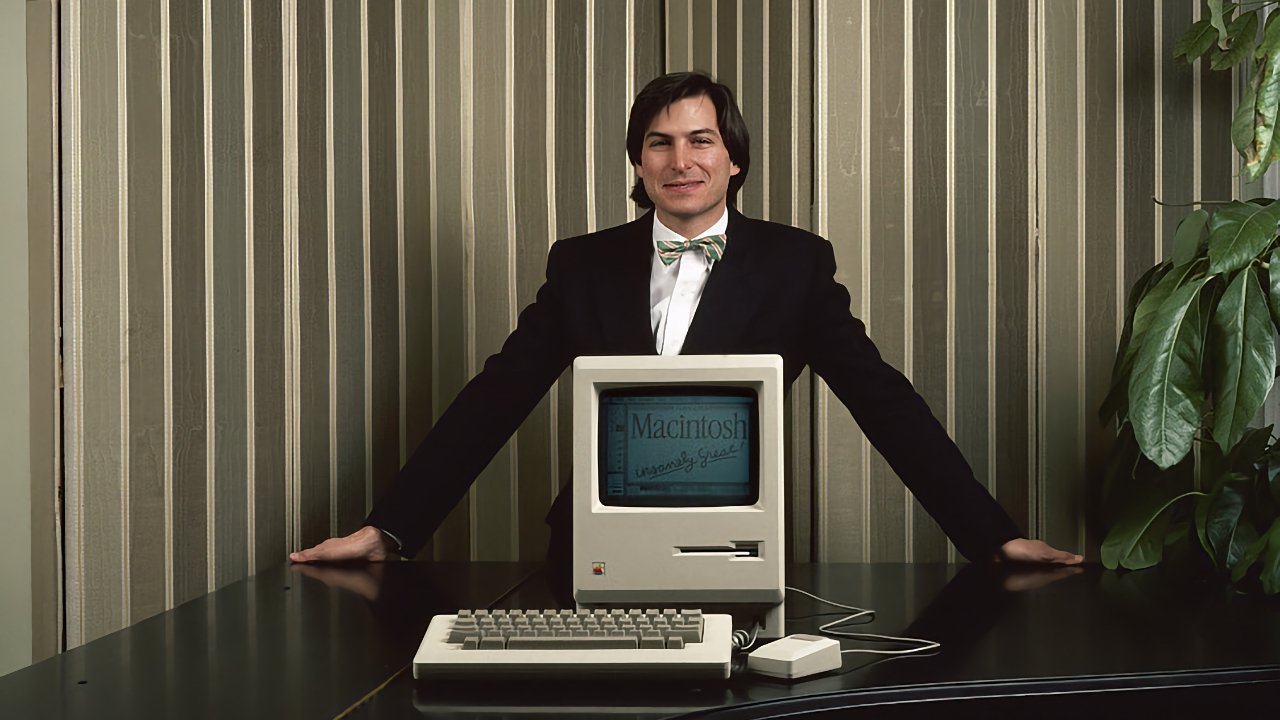
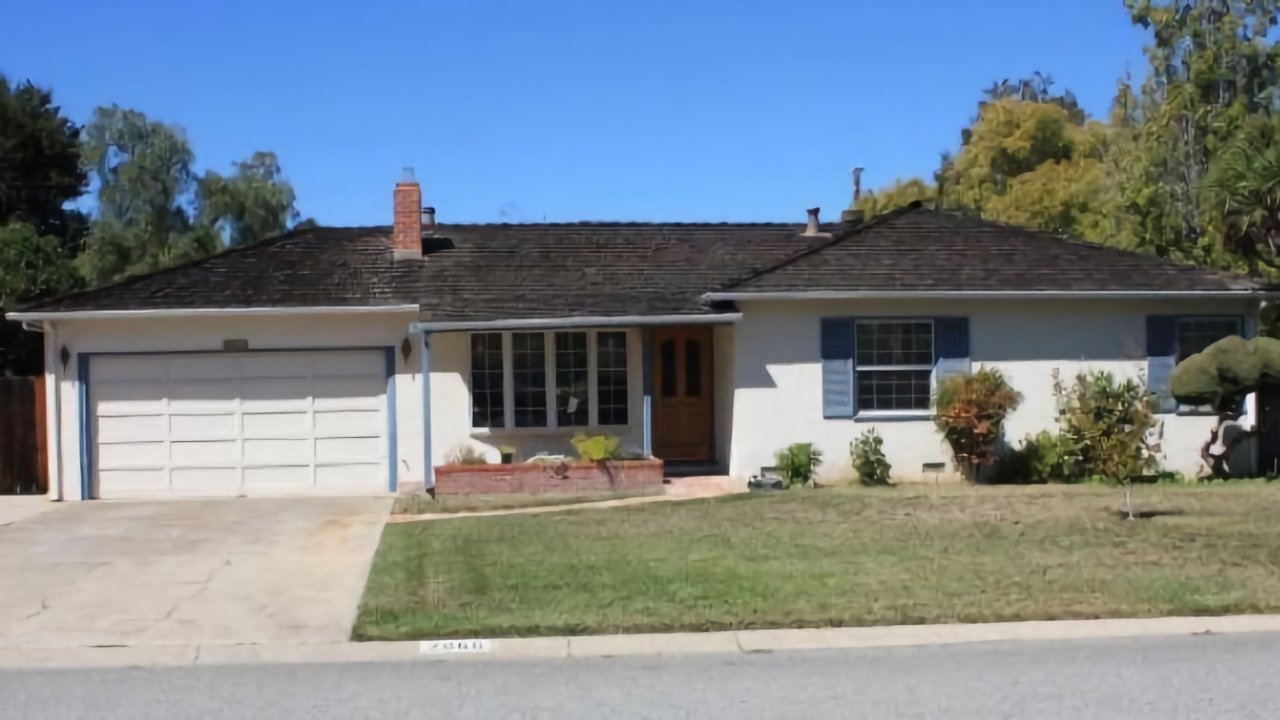
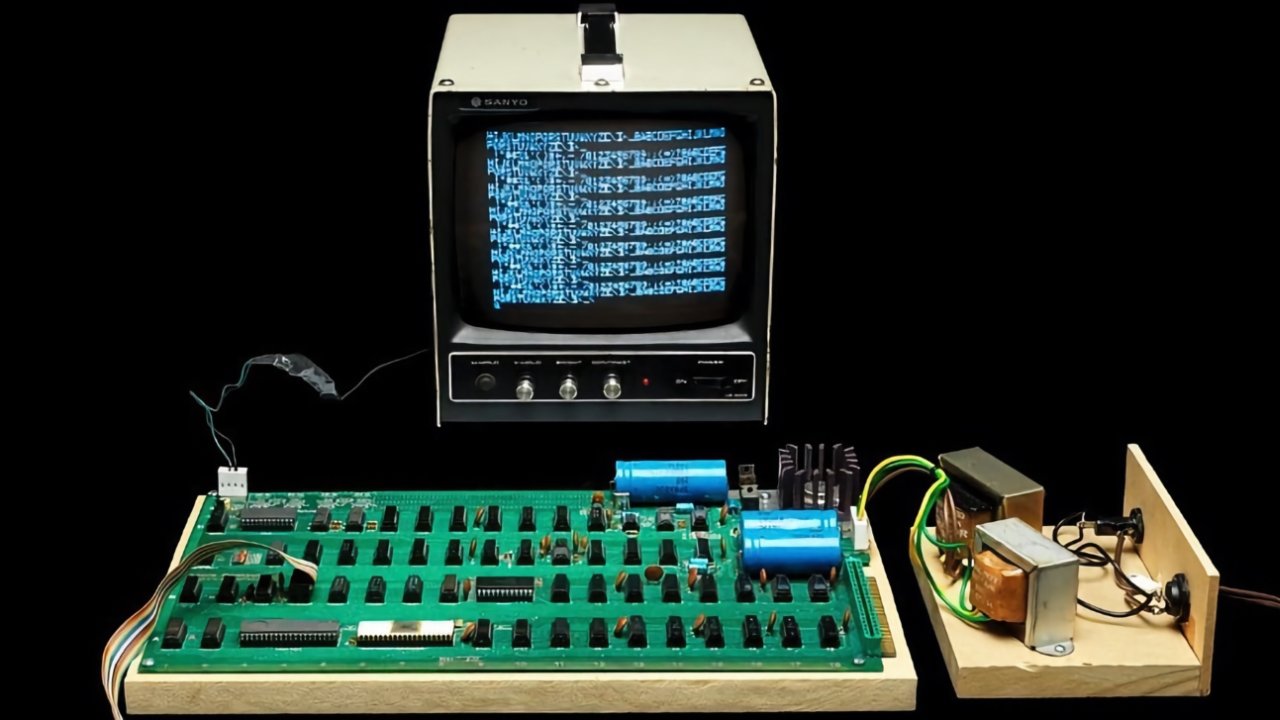
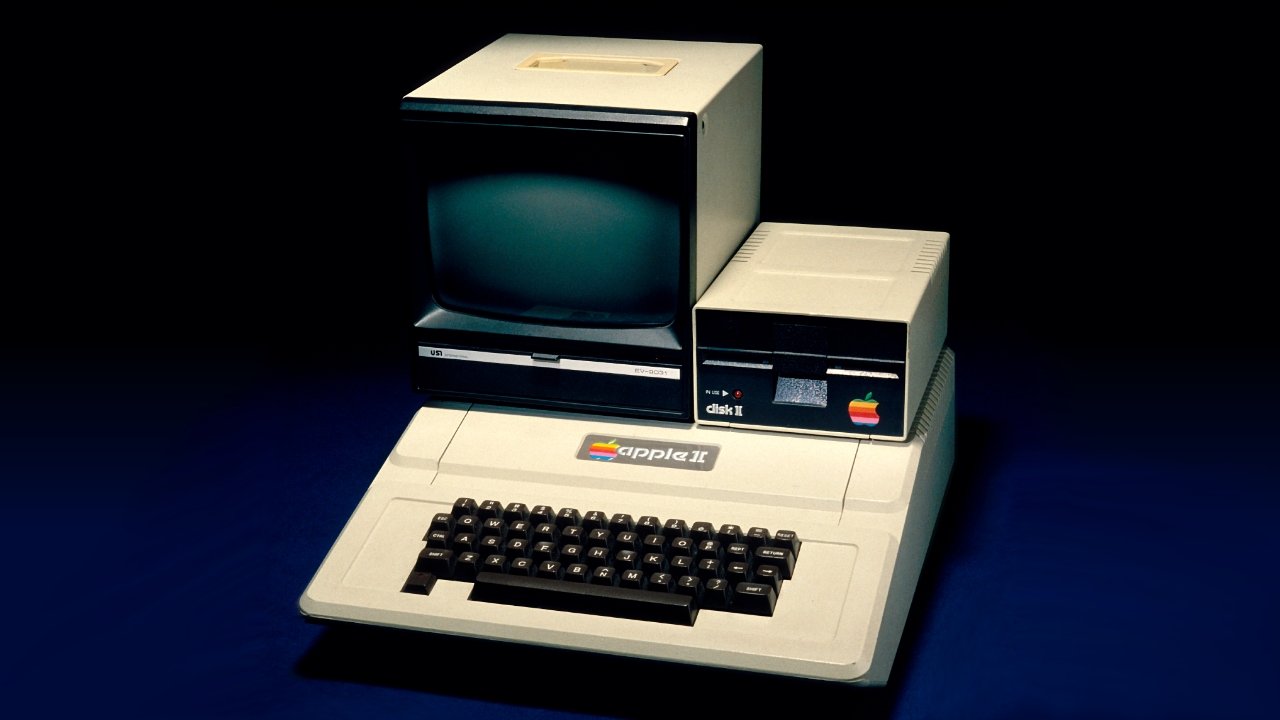
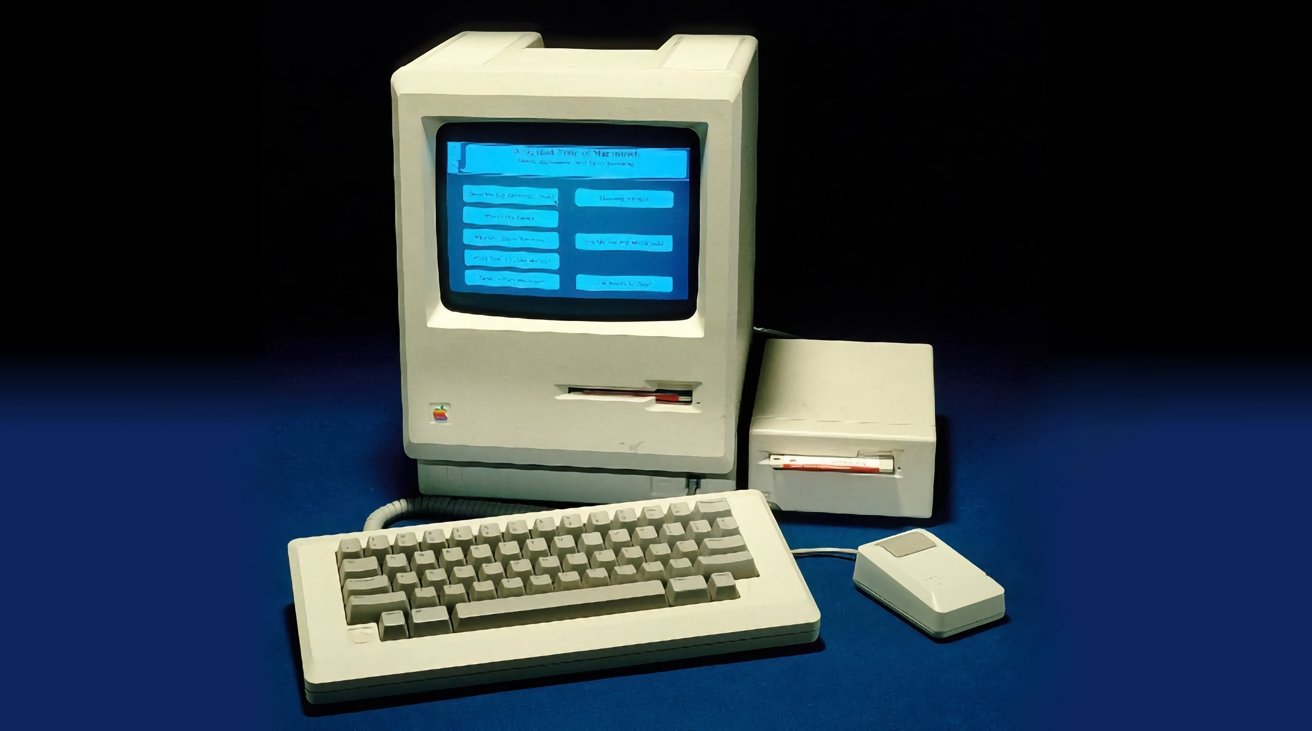

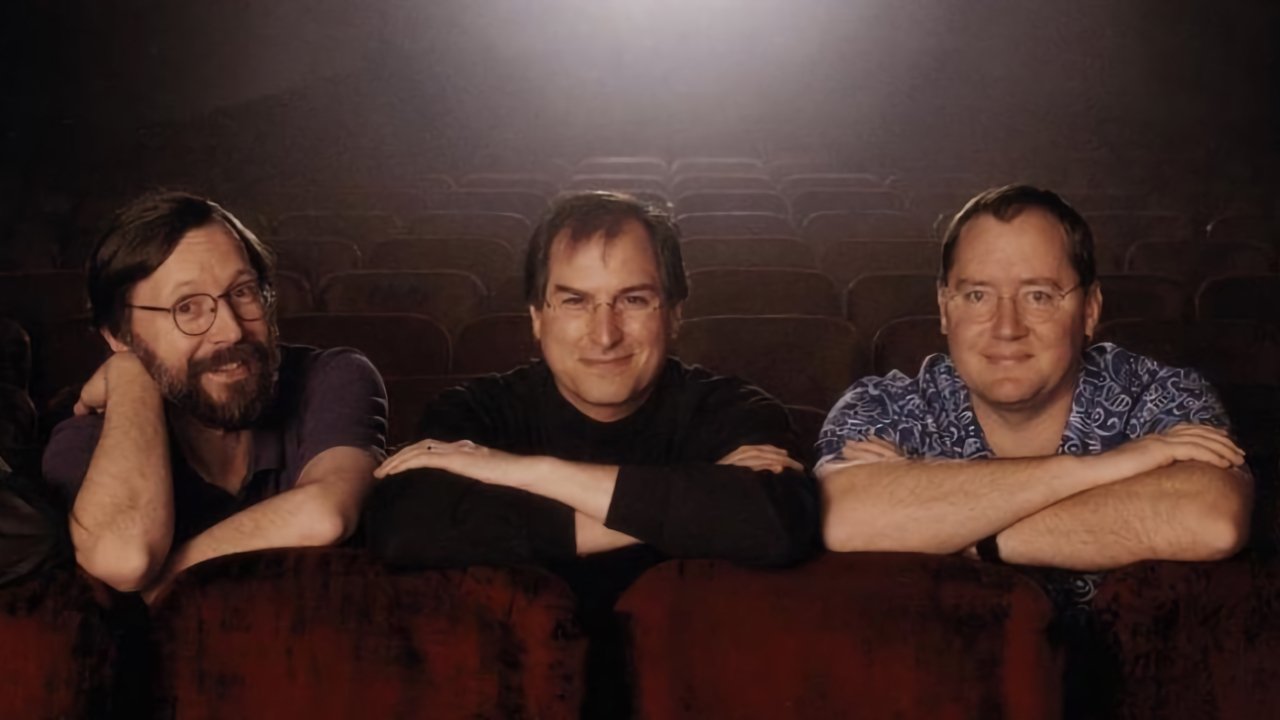

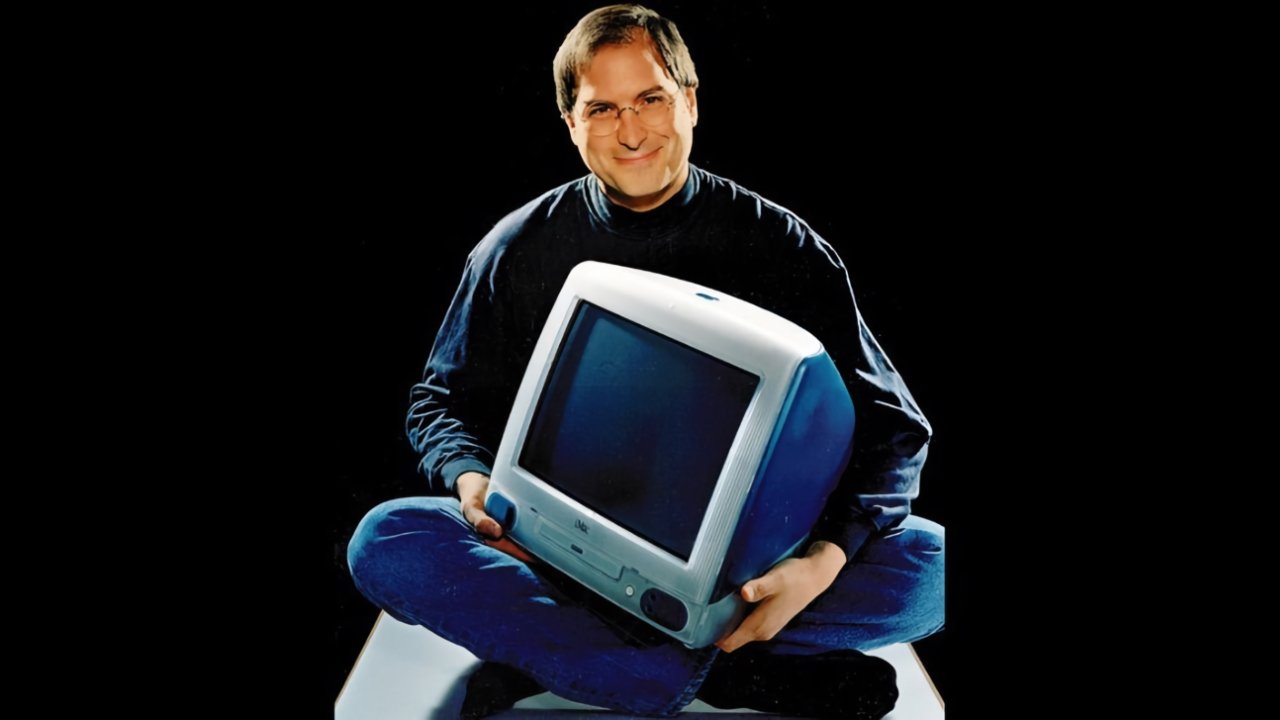
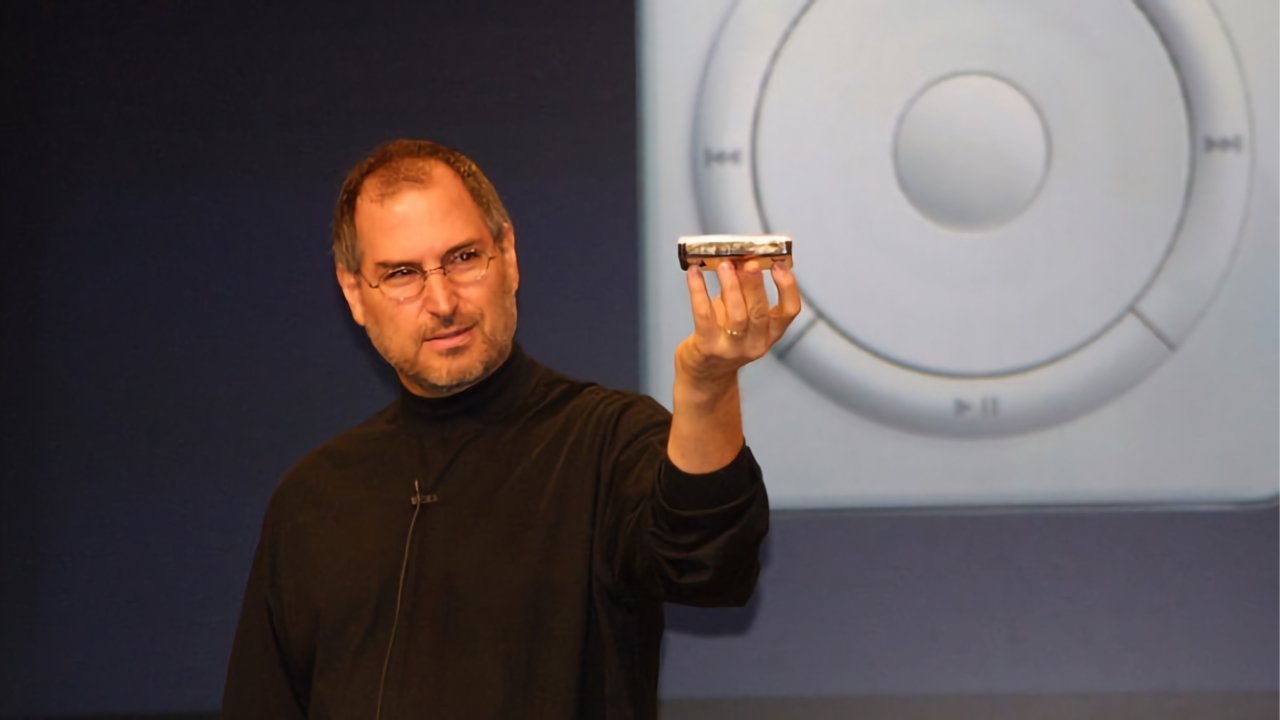

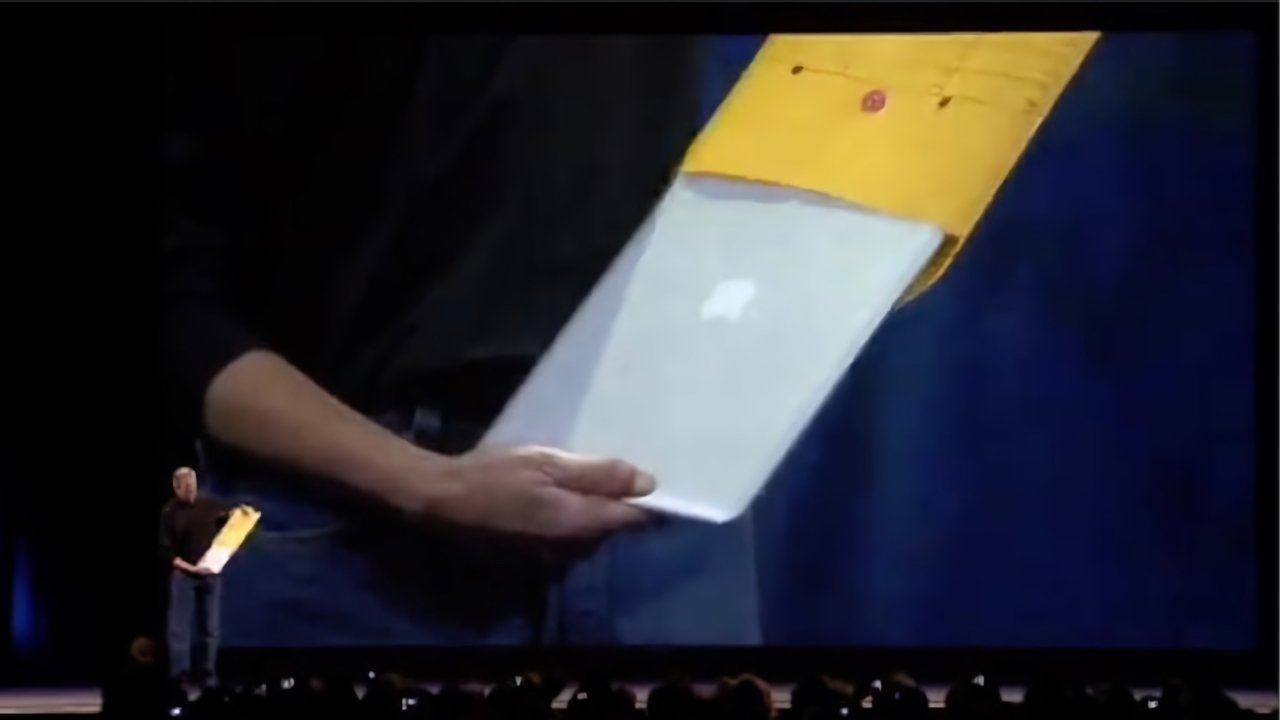

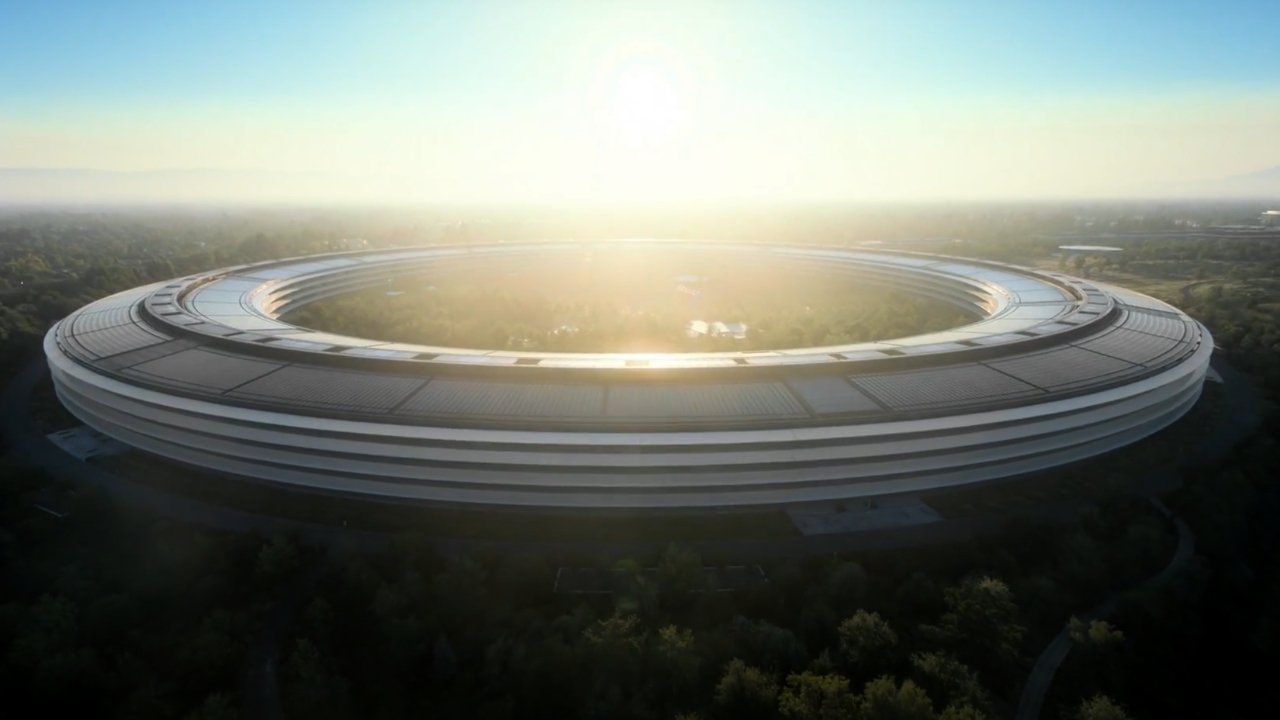
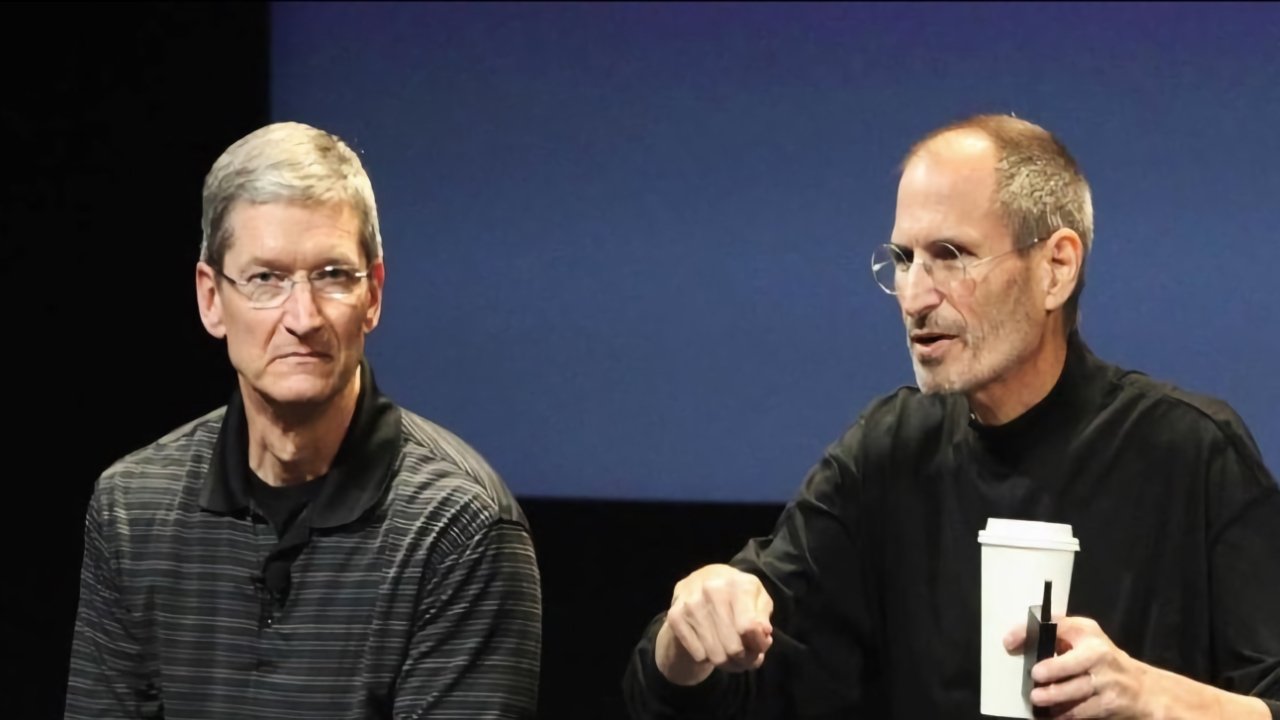

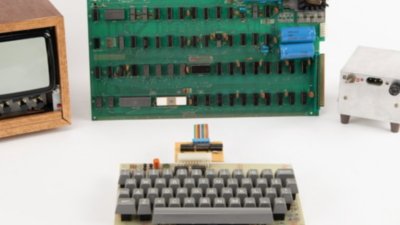
 Amber Neely
Amber Neely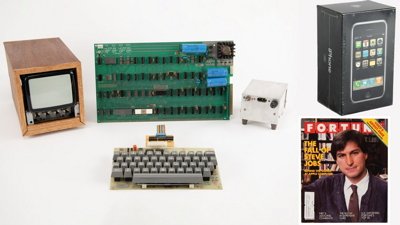
 Wesley Hilliard
Wesley Hilliard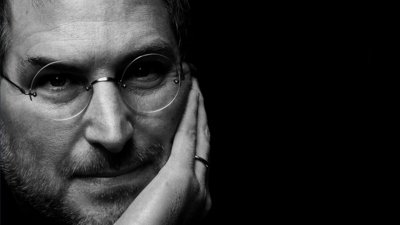
 William Gallagher
William Gallagher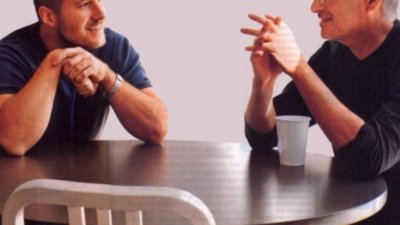
 Charles Martin
Charles Martin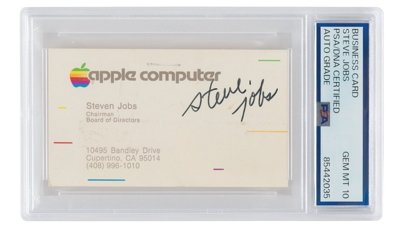

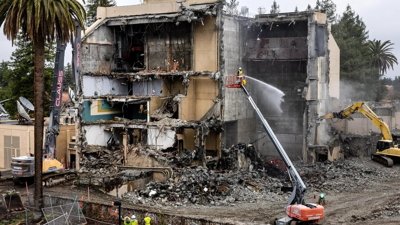
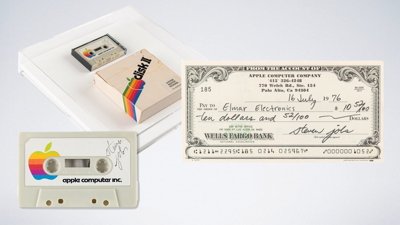
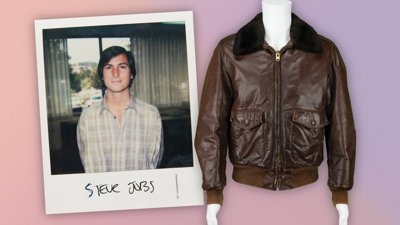
 Malcolm Owen
Malcolm Owen
